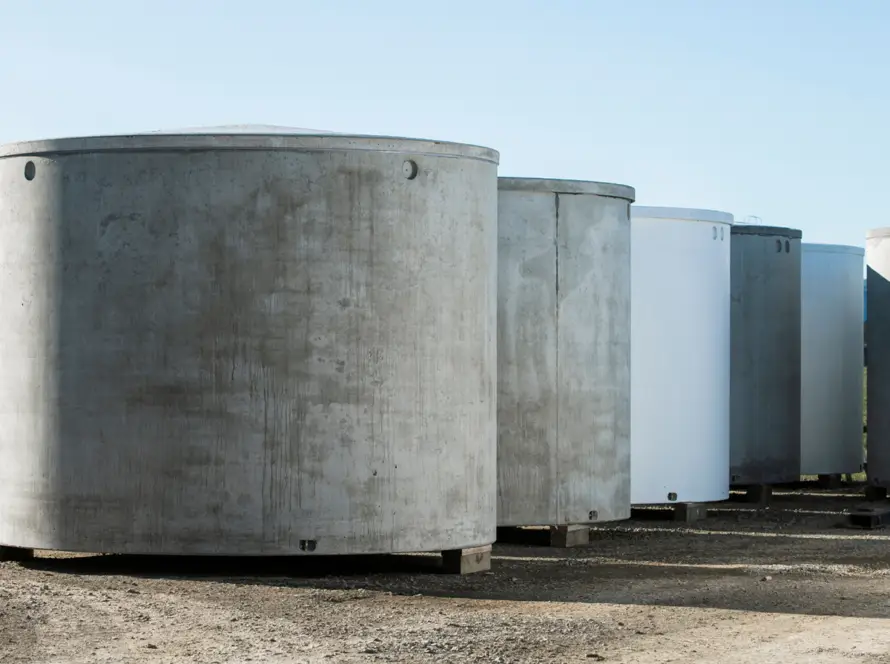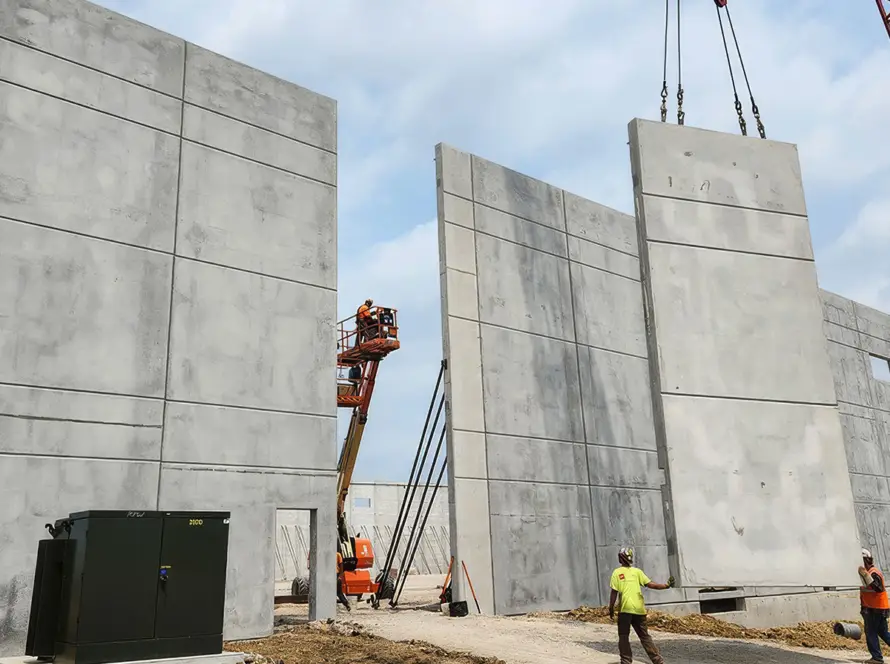Introduction
Modern cities are more than just buildings and roads — they are living spaces that must balance functionality, comfort, and beauty. A key part of this balance comes from urban furniture. From benches and bollards to planters, waste bins, and bus shelters, urban furniture is what makes public spaces usable, attractive, and sustainable.
In recent years, precast concrete urban furniture has emerged as a preferred choice for city planners and architects. Its durability, versatility, and design flexibility make it ideal for both small-scale community projects and large metropolitan developments.
This blog explores what urban furniture is, its importance, common types, benefits, and why precast concrete is transforming the way we design public spaces.
What is Urban Furniture?
Urban furniture, also known as street furniture, refers to man-made objects placed in public spaces to serve practical and aesthetic purposes. These elements enhance comfort, safety, and usability for people navigating cities.
Examples of urban furniture include:
- Benches and seating areas
- Planters and tree guards
- Bollards and barriers
- Streetlights and lamp posts
- Waste bins and recycling stations
- Bus shelters and kiosks
- Drinking fountains and bike racks
When designed well, urban furniture doesn’t just serve a purpose — it also adds character and identity to the city.
Importance of Urban Furniture
- Enhances Public Spaces
Urban furniture makes parks, plazas, and streets more welcoming and functional. - Encourages Community Interaction
Benches, tables, and shaded areas create spaces where people can relax and connect. - Supports Accessibility
Thoughtfully designed furniture improves navigation for the elderly, children, and people with disabilities. - Boosts City Identity
Unique designs help cities establish their own style, from modern minimalism to heritage-inspired looks. - Promotes Sustainability
Eco-friendly urban furniture reduces waste, supports recycling, and promotes greener lifestyles.
Why Precast Concrete for Urban Furniture?
While urban furniture can be made from wood, metal, or plastic, precast concrete offers unmatched advantages:
- Durability: Resistant to vandalism, weather, and heavy use.
- Low Maintenance: Requires minimal upkeep compared to wood or steel.
- Aesthetic Flexibility: Can be molded into modern, artistic, or traditional designs.
- Eco-Friendly: Made with sustainable materials and recyclable aggregates.
- Cost-Effective: Long lifespan reduces replacement and maintenance costs.
Precast concrete furniture ensures both strength and style, making it a practical investment for cities.
Popular Types of Precast Urban Furniture
- Benches and Seating
Concrete benches provide durability in public parks, campuses, and bus stops. They can be plain, decorative, or combined with wooden or steel accents. - Planters and Tree Guards
Precast planters enhance greenery in urban spaces while protecting plants from damage. - Bollards and Barriers
These offer safety by controlling traffic, protecting pedestrians, and guiding vehicles. - Waste Bins and Recycling Units
Heavy-duty concrete bins discourage vandalism and promote cleanliness. - Bus Shelters and Waiting Areas
Precast frames with glass or metal add weather-resistant, durable structures for commuters.
Benefits of Precast Urban Furniture
- Weather Resistance: Concrete withstands rain, sun, and temperature fluctuations.
- Security: Heavy structures reduce theft and vandalism.
- Customization: Textures, colors, and finishes can match any architectural style.
- Long-Term Investment: Reduced need for frequent replacements lowers lifecycle costs.
- Environmental Responsibility: Concrete can incorporate recycled aggregates and minimize carbon footprint.
Applications of Urban Furniture
Urban furniture can be seen everywhere in modern infrastructure:
- Public Parks: Benches, bins, planters.
- Commercial Districts: Stylish bollards, lighting fixtures, and decorative seating.
- Transport Hubs: Bus shelters, waiting areas, and bollards for traffic safety.
- Educational Campuses: Seating zones, planters, and waste disposal units.
- Residential Complexes: Shared seating, playground furniture, and walkways.
The Future of Urban Furniture
As cities evolve, urban furniture is becoming smarter and greener. Innovations include:
- Smart Benches: With USB charging and solar panels.
- Eco-Friendly Materials: Using recycled aggregates and low-carbon concrete.
- Modular Designs: Easy to install, replace, or reconfigure.
- Integrated Technology: Waste bins with sensors, lighting with motion detection.
Precast concrete will continue to play a big role, offering strength, flexibility, and sustainability for future urban landscapes.
Conclusion
Urban furniture is more than just a design element — it is the foundation of livable, functional, and beautiful public spaces. From benches that bring communities together to bollards that enhance safety, these elements shape how people experience their cities.
With precast concrete urban furniture, cities gain durability, cost savings, and eco-friendly designs that last for decades. Whether it’s a small town park or a large metropolitan square, investing in strong and stylish furniture ensures a better quality of life for everyone.
Simply put, urban furniture builds stronger connections between people and their environment — and precast concrete is the smart way to achieve it.



